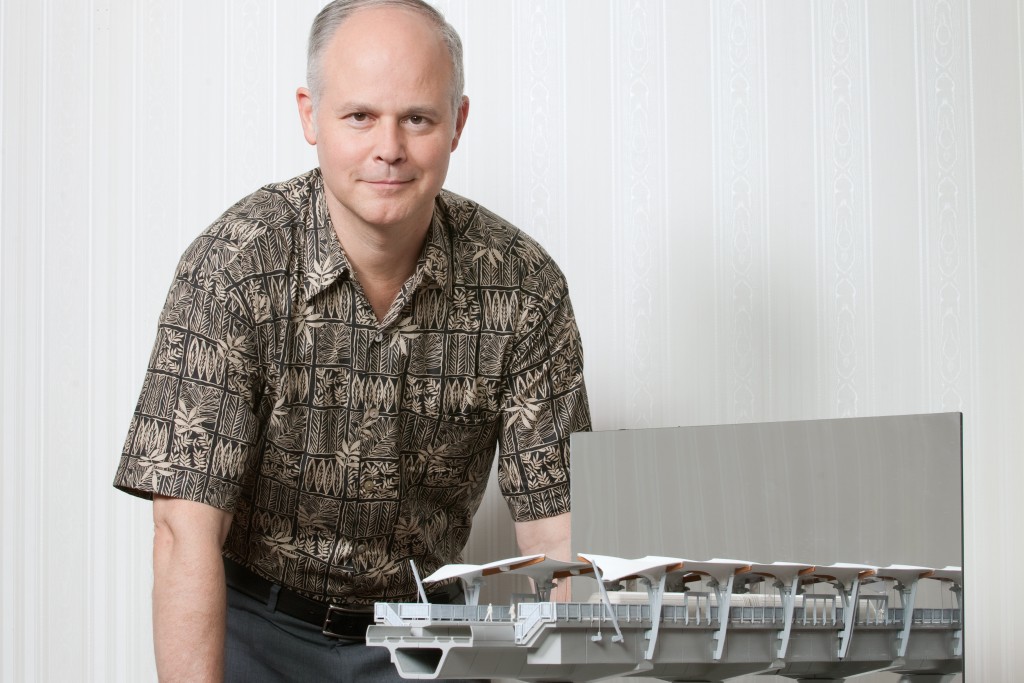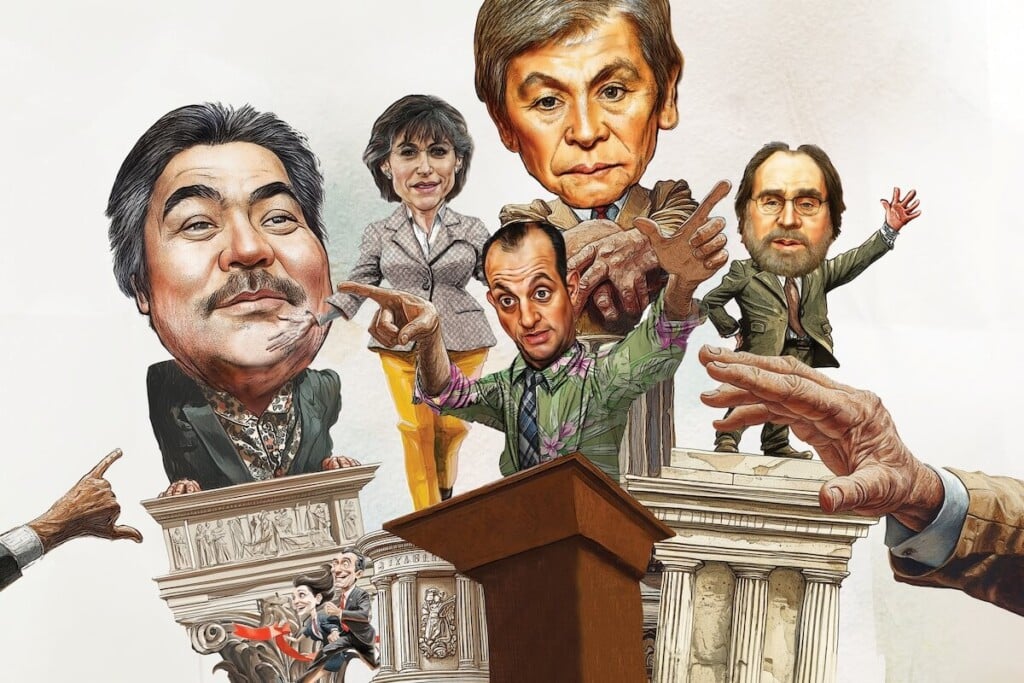Talk Story with Dan Grabauskas of HART

The former secretary of transportation of Massachusetts and general manager of the Massachusetts Bay Transit Authority talks about the prospects for Honolulu’s rail project.
Coming from a well-established rail system like the one in Boston, did you have any surprises when you got here?
I’m still in the reading, researching and learning phase of my time here. I’m still meeting staff, understanding what they do. I’m still in the process of digging below the surface into the project itself – into the finance plan and the construction plan and the design plans, those types of things. But, certainly, I did my due diligence before coming here. And I was excited to have the opportunity, from a professional standpoint, to be able to come from having run the oldest transit system in America to having a small part in building the newest. That’s something that would have been difficult to pass up.
What did that due diligence look like?
I looked at the finance plan and saw the commitment locally for the GET and the fact that 25 percent of the money necessary for the project from a local standpoint has already been collected. That was a pretty strong statement. I had a chance to talk to friends of mine, professional colleagues, at the FTA (Federal Transit Administration) to ask what did it look like for the Full Funding Grant Agreement and got a thumbs up. Since then, I’ve had a chance to sit down with our congressional delegation. I met with Sen. Inouye and Sen. Akaka and our two congresswomen and have gotten nothing but unanimous support.
Some critics say Honolulu is too small for rail.
I’ve had folks say to me, “There are just not enough people in Hawaii to support a system like this.” One of the things I’ve tried to point out is that, though there are probably more people in Kansas than in the state of Hawaii, it’s where those people are that matters. In Kansas, they’re spread out all over the place. Here, you’ve got the bulk of the population basically in a band running from Waikiki and downtown over to Pearl Harbor and headed Ewa. The idea is that, as we continue to grow, that Second City concept will be supported by rail.
Despite rail’s potential advantages, are people in Hawaii too car-oriented for rail to work here?
I really truly believe that this will be a step forward in addressing issues in a positive way: traffic, smart growth, jobs, economic development and benefits to the environment. And to people’s pocketbooks. You can allow someone to get rid of a second car. I don’t know what the price of gas is these days, but I don’t think it’s going down. If you look at the costs to own, maintain and operate a car here, they’re among the highest in the country. … I think it’s, like, $900 per month. So, you could tell people to put $11,000 back in their pockets and exchange that for a monthly combo-pass for rail and bus. Maybe you keep one car for other purposes, but do a kiss-and-ride or a park-and-ride commute from West Oahu to downtown, where the jobs are.
What’s your perspective on the funding for rail, particularly the federal portion?
While $1.55 billion is a lot of money, the fact that it’s 30 percent of the project cost is actually quite conservative. Not that long ago, authorities, agencies and governments that were receiving federal funding were regularly asking for 50/50 splits. So the fact that Honolulu stepped forward with this 15-year commitment for GET to raise the funding for a substantial portion of the project is significant. I think it’s also significant that this funding package means that a couple years after this project is completed, there’s no mortgage. … That’s in stark contrast to a lot of the older transit systems that have found themselves borrowing for 20- or 30-year periods to fund their new projects or their on-going maintenance.
Why start in Ewa? Why not start downtown and work out?
If you have trains, you need to have an operations control center; you need to have a lay-over facility where the trains are stored; you need to have a maintenance facility; and you need to have a place where they clean and all that kind of stuff. That’s here at Leeward Community College (points to map). That’s a 43-acre site where all those facilities will be, and this will be part of the first stage of construction. … If we started downtown or near Ala Moana, we’d have to find 43 acres downtown. … I don’t know where you would put it, and I’d love to go to that neighborhood meeting with you, because I guarantee you people would say, “I don’t want to look at a 40-acre train yard out my back window.”
There was some controversy in the way you left MBTA. Does that have any bearing on your role here?
I left MBTA because of a change in administrations. A new person came in and wanted to have their own person there. I guess, to the degree that there was some controversy about it, what it taught me was that you have to be true to yourself and focus on what’s right. And in the end, truth will out. I was very gratified that, when I was announced as a candidate for the position here, the guy who was the secretary of transportation for the governor, and who ultimately ousted me from my position, did an interview for Hawaii News Now and he was asked that question. He said, “Hey, Massachusetts politics is a blood sport. What went on around Dan was political.” On my way out the door, we all parted amicably. That the guy whose job it was to oust me would say that two years later, I guess, that proves my point: Truth will be out.
See also: Talk Story with Ben Cayetano, 2012 Honolulu mayoral candidate and anti-rail proponent






